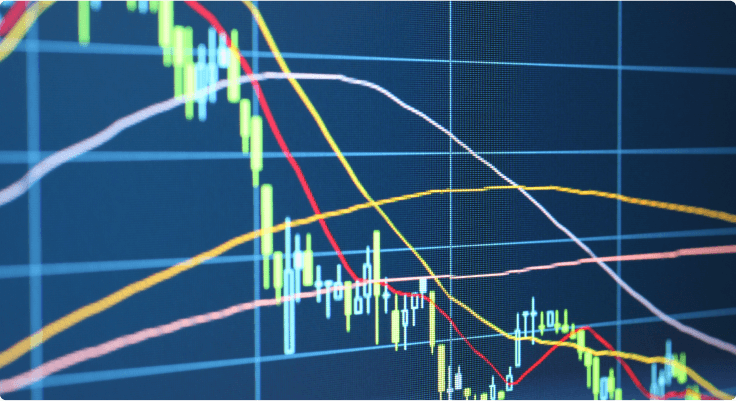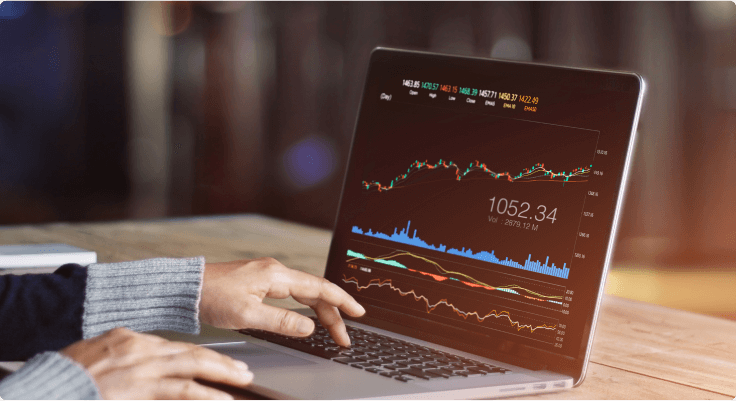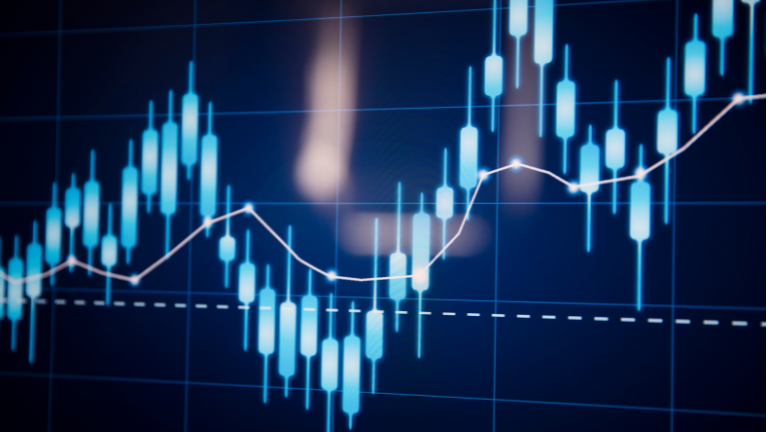By Danish Lim, Investment Analyst, Phillip Nova
Wondering how to start investing? At a loss of what market opportunities to pursue? Fret not! Our analyst has curated the top 10 ETFs for your consideration based on popularity, liquidity, and specific sectors (ie income dividend). Take a look and get started now!
1) SPDR S&P 500 ETF Trust (AMEX: SPY)
SPY tracks the performance of the S&P 500 Index. It gives investors exposure to stocks across all 11 sectors in the S&P 500. SPY pays dividend on a quarterly basis. Launched way back in January 1993, SPY was the very 1st ETF listed in the US.
The Expense Ratio is 0.0945%. Its top holdings include Apple, Microsoft, Amazon, and Nvidia. The fund is most exposed to the Information Technology sector (26.08%).
2) Vanguard FTSE Emerging Markets ETF (AMEX: VWO)
VWO aims to track and replicate the FTSE Emerging Markets All Cap China A Inclusion Index, which represents large, mid, and small cap companies located in emerging markets across the globe. Brazil, China, India, Taiwan, and South Africa are among the markets included.
The Expense Ratio is 0.08% and dividends are paid quarterly. Its top holdings include Taiwan Semiconductor Manufacturing, Tencent, Alibaba, and India’s Reliance Industries. Its top 2 geographic exposure lies in China (28.33%) and Taiwan (18.39%).
3) SPDR Straits Times Index (SGX: ES3)
ES3 aims to track and replicate the performance of the Straits Times Index (STI). It is Singapore’s 1st locally created ETF. It provides investors the opportunity to gain diversified exposure to Singapore’s leading companies. The fund uses a full replication strategy, essentially investing in exactly the same stocks as the benchmark STI index.
The Expense Ratio is 0.30%. Its top holdings include Singapore’s big 3 local banks- DBS, OCBC, UOB, as well as Singapore Telecommunications (SingTel). Dividends are distributed semi-annually.
4) Lion-Phillip S-REIT ETF (SGX: CLR)
CLR aims to replicate the performance of the Morningstar Singapore REIT Yield Focus Index. It is Singapore’s 1st ETF that lets investors invest in high-quality S-REITS screened by MorningStar. The fund provides exposure to income-producing real estate in Singapore and other countries, giving investors a regular income stream.
The fund’s Expense ratio is 0.60%, while distributions are made semi-annually. The 12 Month Yield is 5.30%. Its holdings include CapitaLand Ascendas REIT, Mapletree Logistics Trust, Frasers Logistics & Commercial Trust, and Keppel DC REIT. Keppel DC REIT can serve as an AI proxy as data centres are projected to see higher demand thanks to the exponential growth of technologies such as cloud computing and AI (which require a place to store large data sets that are used for training large language models).
5) Vanguard Value ETF (AMEX: VTV)
VTV tracks the CRSP US Large Cap Value Index. It is a factor-based ETF, meaning the fund targets securities with specific characteristics that generate excess returns. VTV selects securities based on ratios such as Book-to-Price (P/B), Forward & Historical Earnings-to-Price (P/E), Dividend-to-Price (P/D) and Sales-to-Price (P/S). The fund has a 5-star MorningStar rating. VTV is suitable for value investors and can be used as a core holding in a portfolio.
Expense Ratio is 0.04%. Top holdings include Berkshire Hathaway, UnitedHealth, JPMorgan, Procter & Gamble, and Meta.
6) ABF Singapore Bond Index Fund (SGX: A35)
A35 aims to replicate the iBoxx ABF Singapore Bond Index, which represents the investment returns of SGD-denominated bonds issued by the Singapore Government, and Government-linked entities such as Temasek, HDB and LTA. This makes A35 extremely safe, as Singapore is the only Asian country that has been awarded a AAA credit rating for the past 15 years by all 3 major credit rating agencies despite going through different periods of economic crisis.
The fund’s Total Expense ratio is 0.25% per annum. It has a 12 Month Yield of 2.41%. Dividends are distributed semi-annually at the discretion of the Manager. Historically, this ETF has thrived even during market downturns. During the 2020 COVID-19 pandemic, the ETF gained +5.19% despite the Straits Times Index seeing a decline of -16.39%.
7) iShares 20+ Year Treasury Bond ETF (Nasdaq: TLT)
This ETF seeks to track the investment results of the IDC US Treasury 20+ Year Index, which is composed of US Treasury bonds with maturities over 20 years. It serves as a long-duration fixed income play, meaning that the fund is highly sensitive to interest rate changes. Due to the inverse relationship between bond price and yield, the fund typically outperforms when interest rates fall.
With the Fed nearing the end of its rate hike cycle this year, potential rate cuts and a decline in Treasury yields make longer-duration bond ETFs more attractive.
Furthermore, the fund can also serve as a good recession hedge as the Fed typically cuts rates during a market crash to stimulate the economy. Unlike individual bonds that are sold by bond brokers, bond ETFs provide investors with greater liquidity as they are traded on stock exchanges.
TLT also facilitates portfolio diversification- with a 2Y Beta of just 0.09 to the S&P 500. The Expense ratio is 0.15%.
8) iShares USD Asia High Yield Bond Index ETF (SGX: O9P)
This ETF seeks to track the Bloomberg Asia USD High Yield Diversified Credit Index, providing investors with exposure to USD-denominated high-yielding bonds issued by governments and corporations in the Asia ex Japan region. O9P is best suited for investors seeking higher income and are willing to take on additional risk.
The Expense Ratio is 0.50%. The 12 Month Yield is 7.99%. Around 49.31% of holdings are BB rated. Its top issuers include the Industrial and Commercial Bank of China, Sands China, Wynn Macau, Bangkok Bank, as well as Vietnam & Pakistan government bonds.
9) SPDR Gold Shares (AMEX: GLD)
GLD tracks the price of gold bullion. It is the largest physically backed gold ETF in the world and gives investor exposure to gold without owning the underlying physical asset. Transaction costs are typically lower than the costs associated with buying and storing physical gold. There is also greater liquidity as the fund is exchange traded and can be traded like stocks.
Expense Ratio is 0.40%. GLD also helps with portfolio diversification- as seen from the recent banking turmoil, gold typically outperforms during times of financial instability due to its status as a safe haven. GLD can be used as an inflation/recession hedge.
10) ProShares UltraPro Short QQQ (Nasdaq: SQQQ)
SQQQ is an inverse ETF seeking returns that are -3x the daily performance of the Nasdaq 100 Index. It typically accomplishes this via derivatives such as short positions and swaps. This ETF is suitable for traders looking to profit from a market decline or to hedge their existing positions against one.
Expense ratio is 0.95%. The fund has a correlation of -0.99 with the Nasdaq. SQQQ is best suited as a short-term investment that is intended to serve as a countercyclical bet for investors who believe the stock market will drop in the near-term.
Trade Stocks, ETFs, Forex & Futures on Phillip Nova
Features of trading on Phillip Nova
- Gain Access to Over 20 Global Exchanges
Capture opportunities from over 200 global futures from over 20 global exchanges
- Trade Opportunities in Global Stocks
Over 11,000 Stocks and ETFs across Singapore, China, Hong Kong, Malaysia and US markets.
- Over 90 Technical Indicators
View live charts and trade with ease with over 90 technical indicators available in the Phillip Nova platform
- Trade Multiple Assets on Phillip Nova
You can trade Stocks, ETFs, Forex and Futures on a single ledger with Phillip Nova












